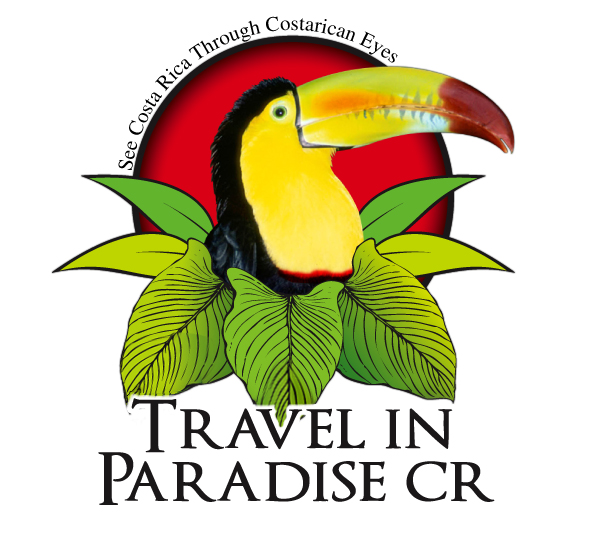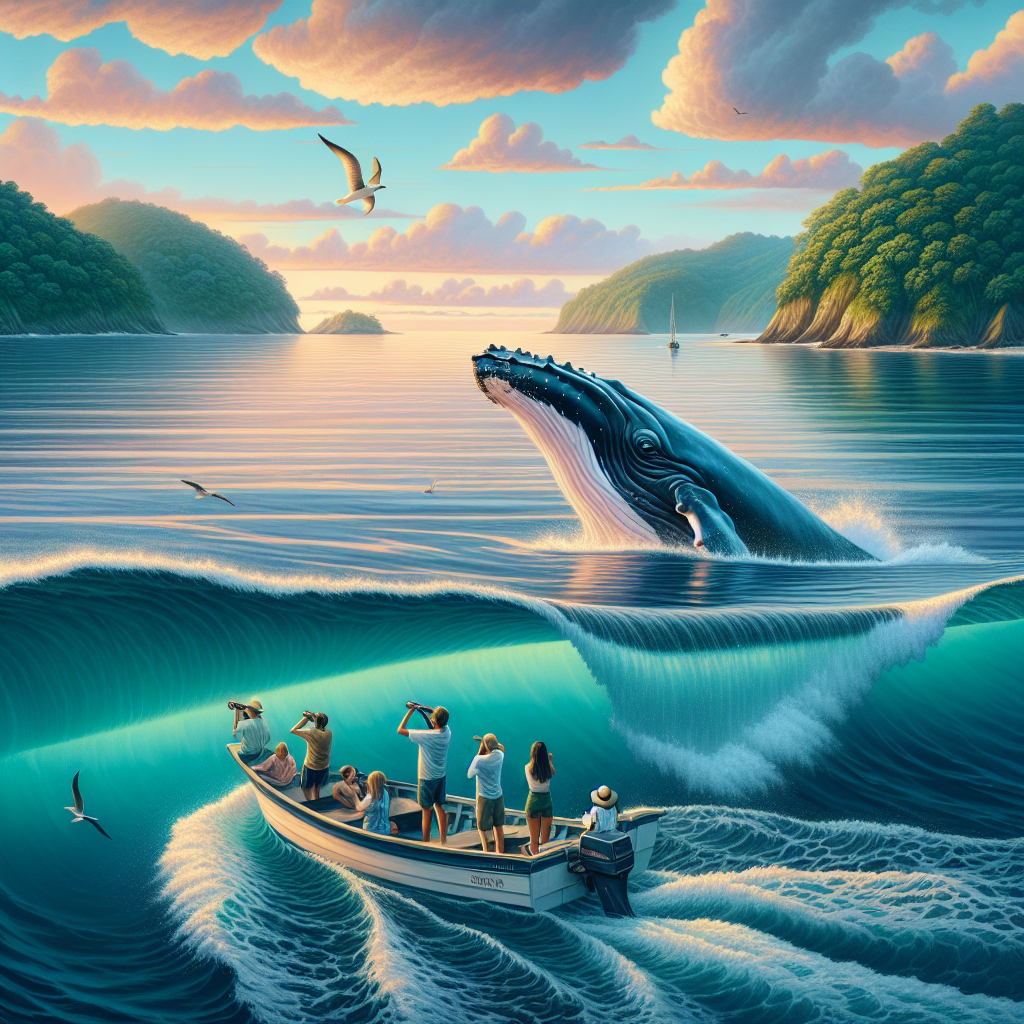Costa Rica’s Top Whale Watching Tours: When and Where
Costa Rica, a jewel of Central America, is renowned for its lush rainforests, stunning beaches, and diverse wildlife. Among its many attractions, whale watching stands out as a truly awe-inspiring experience. If you’re planning a trip to this tropical paradise, witnessing the majestic whales in their natural habitat should be at the top of your list. 🌊🐋
Table of Contents
1. Introduction
2. When to Go Whale Watching in Costa Rica
3. Best Places for Whale Watching
4. Top Whale Watching Tours
5. Conclusion
6. FAQs
When to Go Whale Watching in Costa Rica
The timing of your trip is crucial for maximizing your whale watching experience. In Costa Rica, there are two main whale watching seasons. The first season runs from mid-July to late October, which is when the Southern Hemisphere humpback whales make their way from Antarctica to warmer waters. The second season occurs from December to March, when the Northern Hemisphere whales migrate south. For the best chance of sightings, plan your visit during these peak months. 📅
Best Places for Whale Watching
Costa Rica offers several fantastic spots for whale watching, each with its unique charm. Here are some of the top locations:
Marino Ballena National Park
Located on the southern Pacific coast, this park is famous for its whale tail-shaped beach. It’s a prime spot for catching a glimpse of humpback whales during both migration seasons. 🏖️
Golfo Dulce
This beautiful gulf is one of the few tropical fjords in the world, providing a sheltered haven for whales and their calves. It’s an excellent place to see these gentle giants up close. 🌿
Drake Bay
Nestled on the Osa Peninsula, Drake Bay offers not only whale watching opportunities but also breathtaking views and rich biodiversity. It’s perfect for nature enthusiasts looking to explore both land and sea. 🐾
Top Whale Watching Tours
Choosing the right tour can make all the difference. Here are some recommended tours that promise unforgettable whale watching experiences:
Uvita Whale Tours
Operating out of Uvita, these tours are known for their knowledgeable guides and commitment to eco-friendly practices. You’ll have the chance to learn about the whales’ behavior while enjoying the scenic beauty of Marino Ballena National Park. 🌐
Osa Wild
Offering tours in both Golfo Dulce and Drake Bay, Osa Wild provides an intimate experience with small group sizes and personalized attention. Their passionate guides ensure a memorable and educational outing. 🛥️
Bahía Aventuras
This tour company offers a variety of marine excursions, including whale watching, snorkeling, and dolphin encounters. Their experienced crew is dedicated to providing a safe and enjoyable adventure for all ages. 🐬
Conclusion
Whale watching in Costa Rica is more than just a sightseeing activity; it’s a chance to connect with nature and witness one of the most spectacular events on Earth. By choosing the right time and place, and booking a reputable tour, you’ll create memories that last a lifetime. Whether you’re a seasoned traveler or a first-time visitor, Costa Rica’s whale watching tours offer something truly special for everyone. 🌎❤️
FAQs
Q: What is the best time of year for whale watching in Costa Rica?
A: The best times are mid-July to late October and December to March, coinciding with the migration of Southern and Northern Hemisphere humpback whales, respectively.
Q: Are the whale watching tours suitable for children?
A: Yes, most tours are family-friendly and suitable for all ages. It’s always a good idea to check with the tour operator for specific age recommendations.
Q: What should I bring on a whale watching tour?
A: Bring sunscreen, a hat, a camera, and a light jacket. Binoculars can enhance your viewing experience, and don’t forget water and snacks!
Q: Can I see other marine life on these tours?
A: Absolutely! In addition to whales, you’re likely to encounter dolphins, sea turtles, and a variety of tropical fish.
Q: How can I ensure the tour is eco-friendly?
A: Look for tour operators that emphasize sustainable practices, such as small group sizes, minimal environmental impact, and adherence to wildlife protection guidelines.


Recent Comments